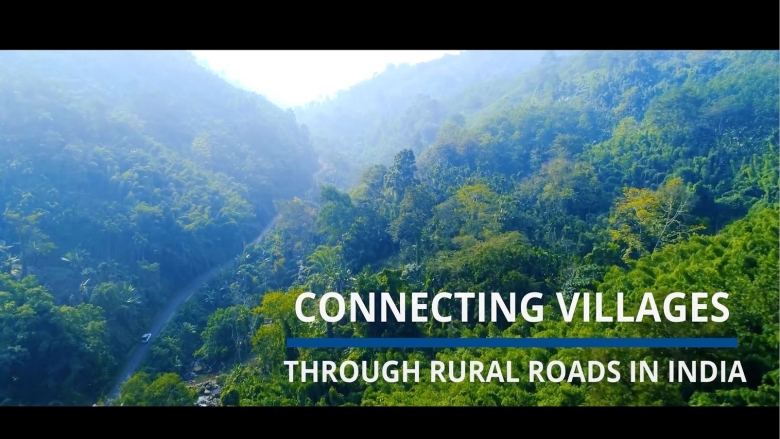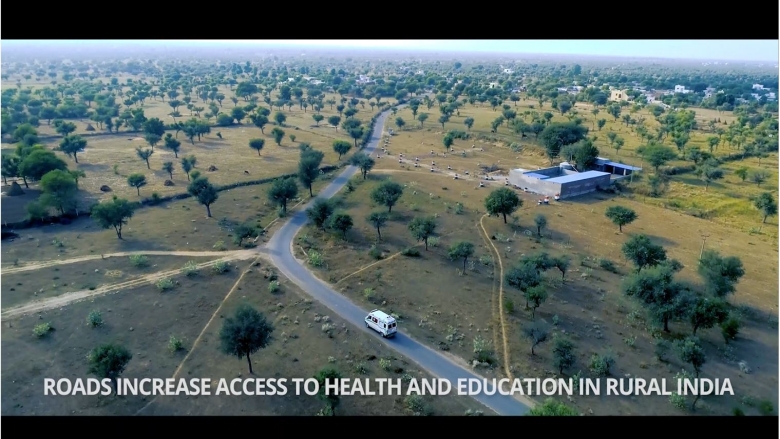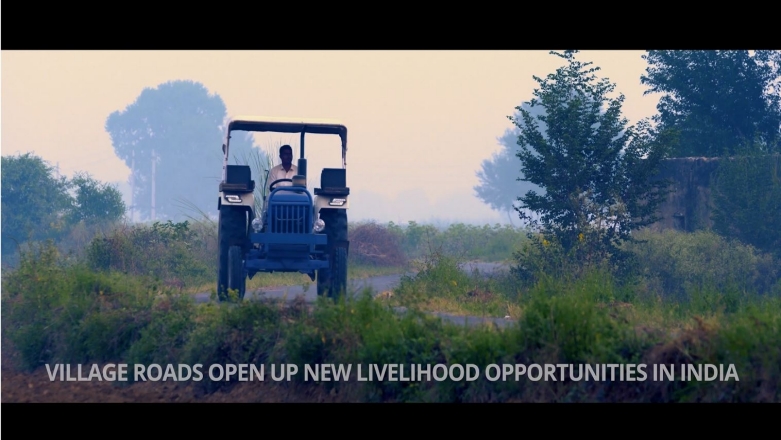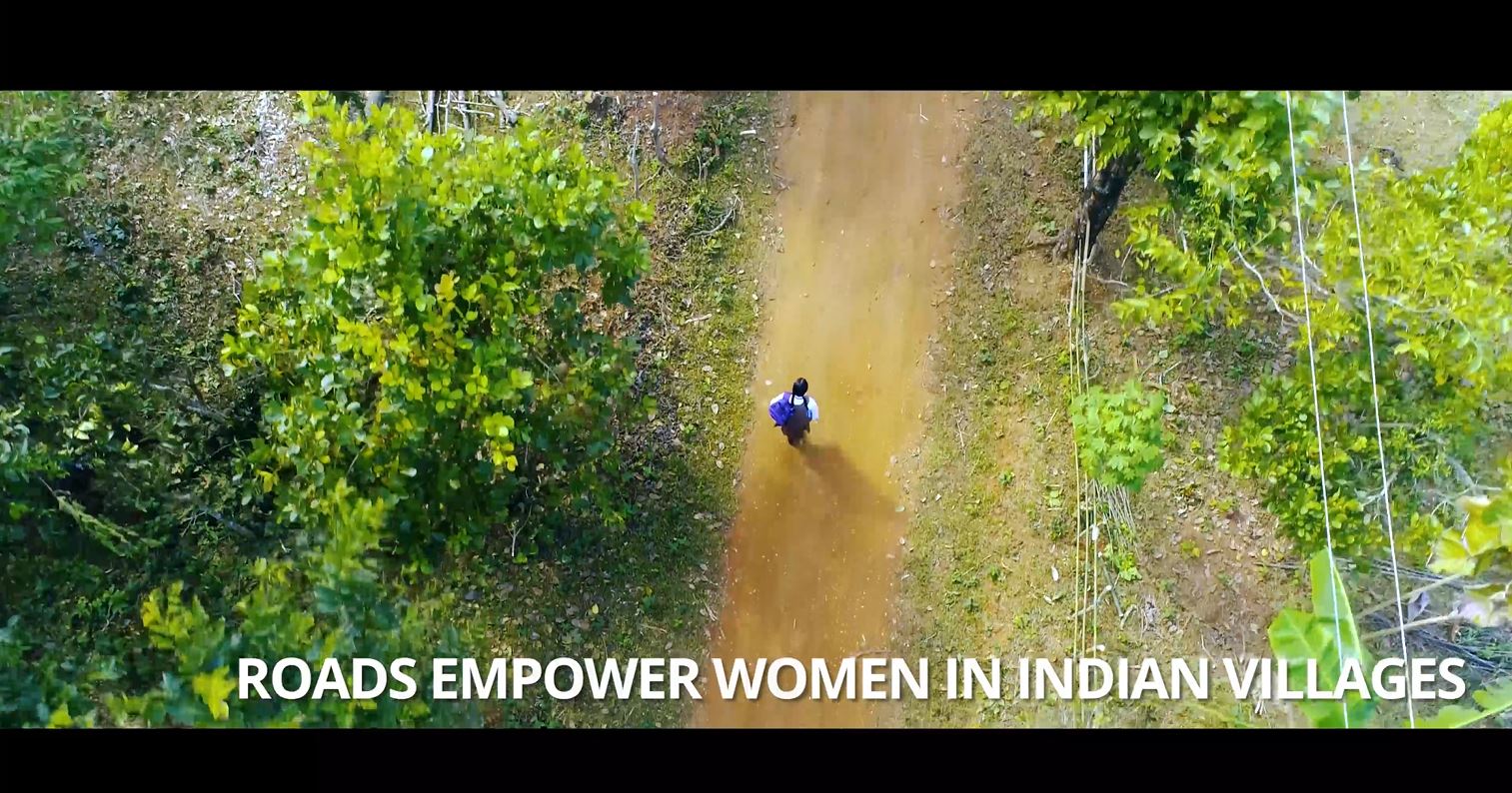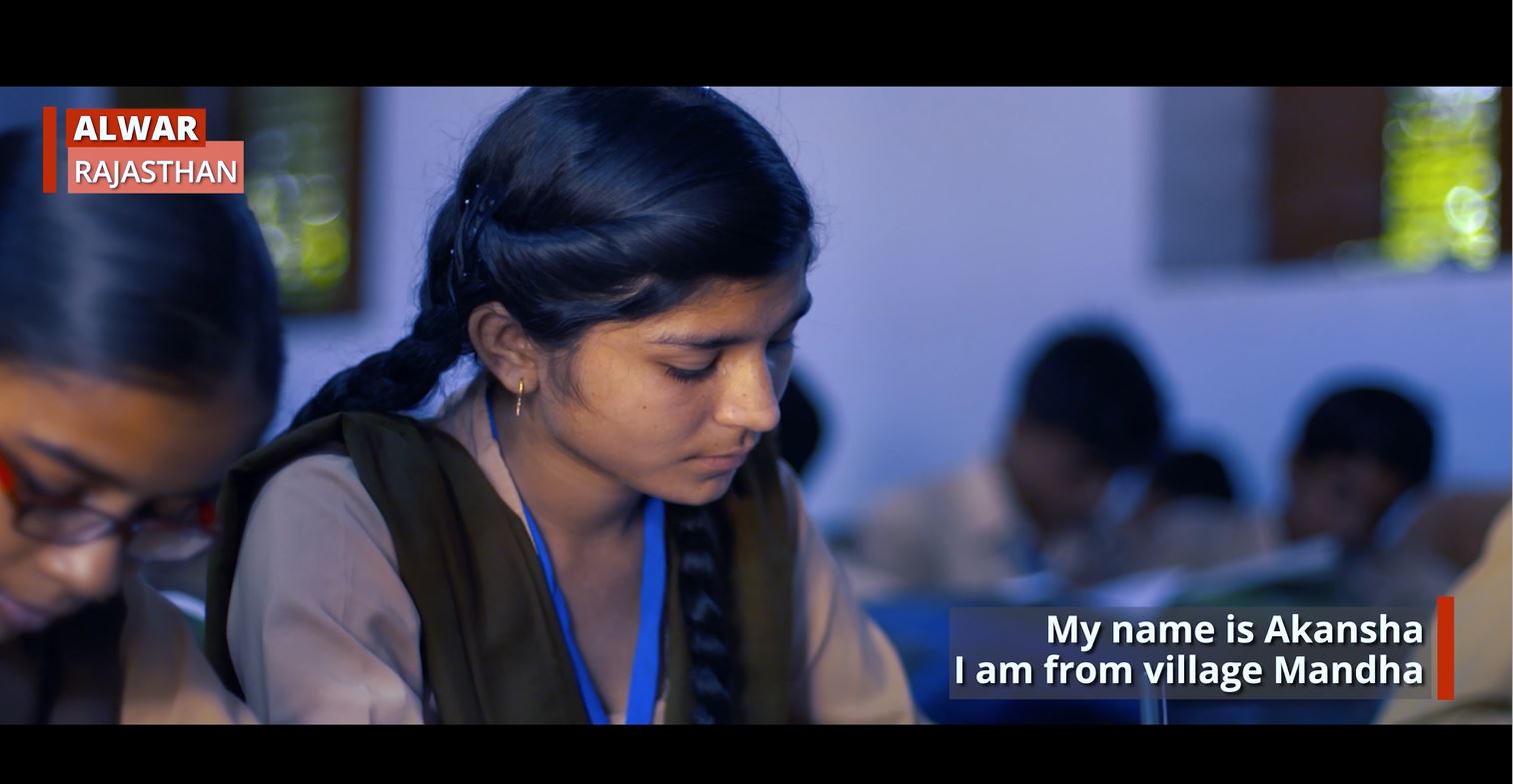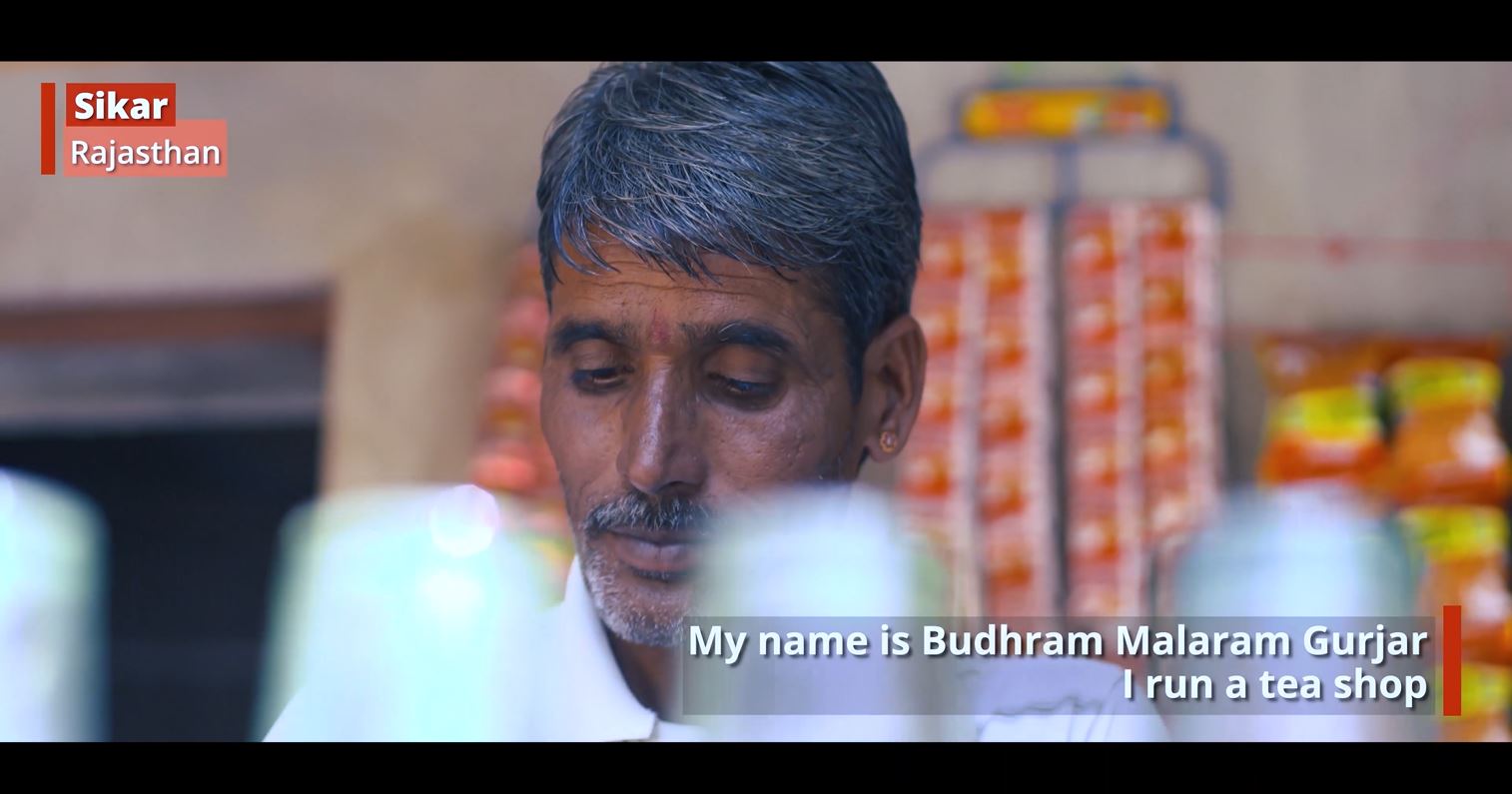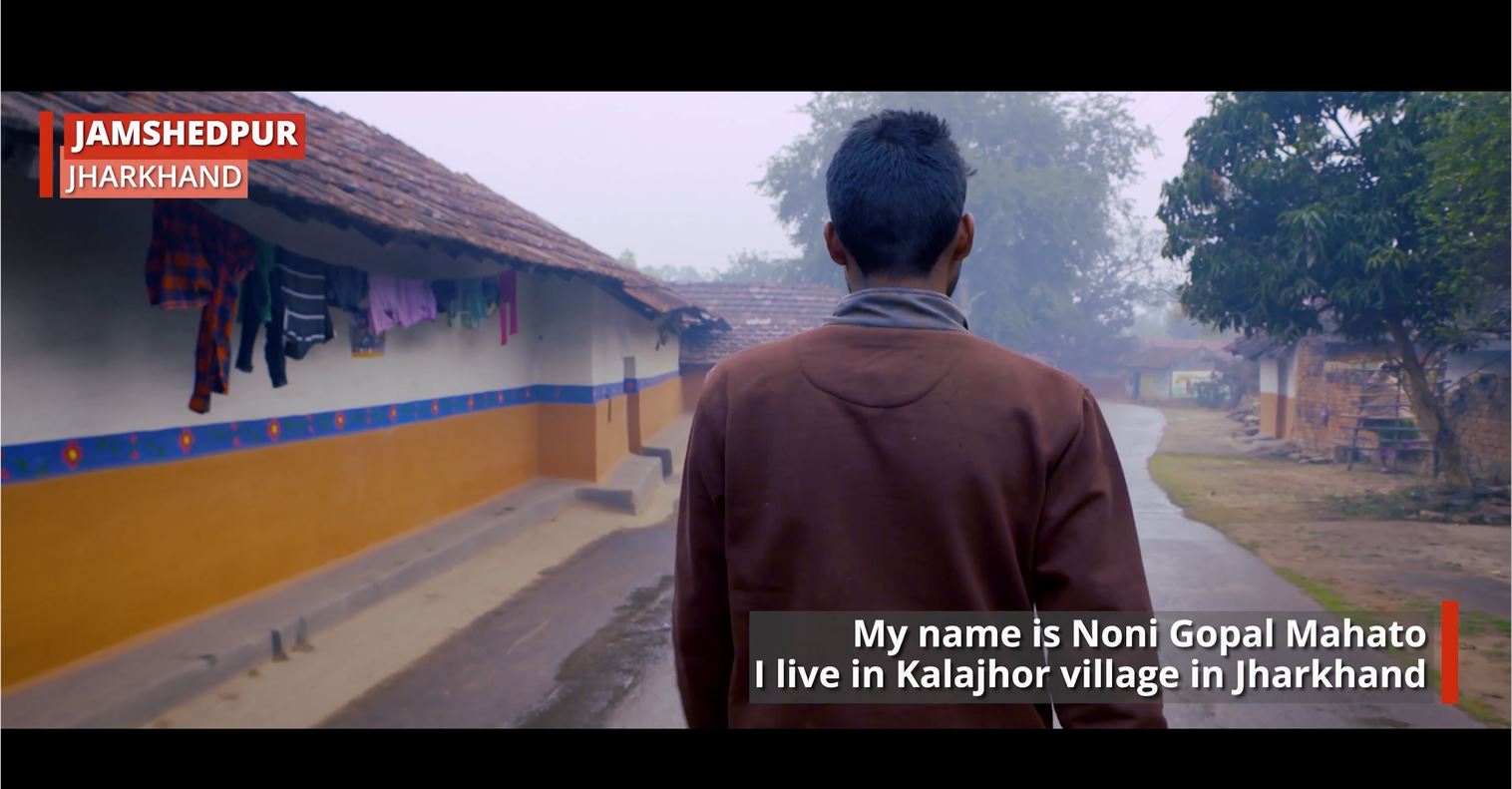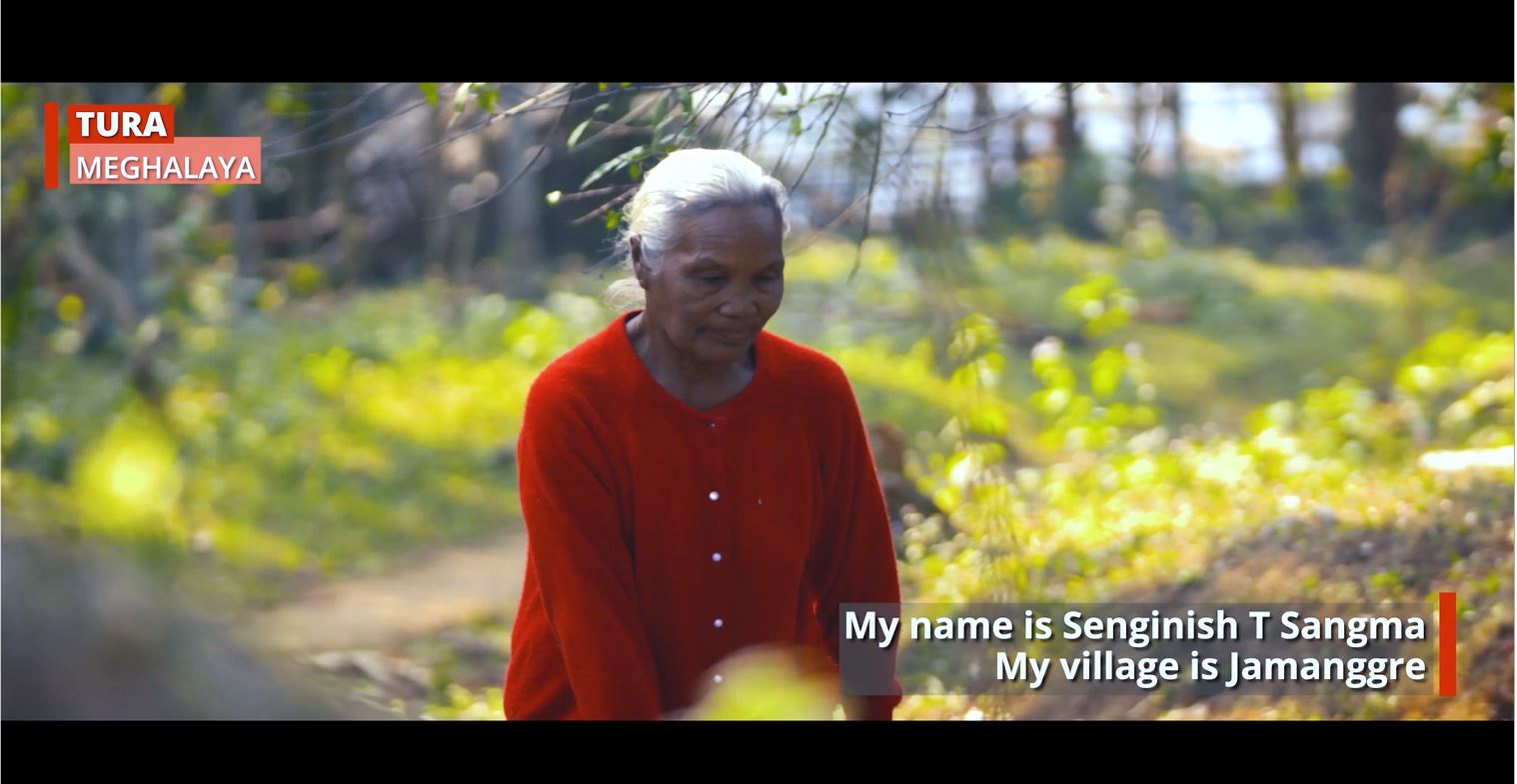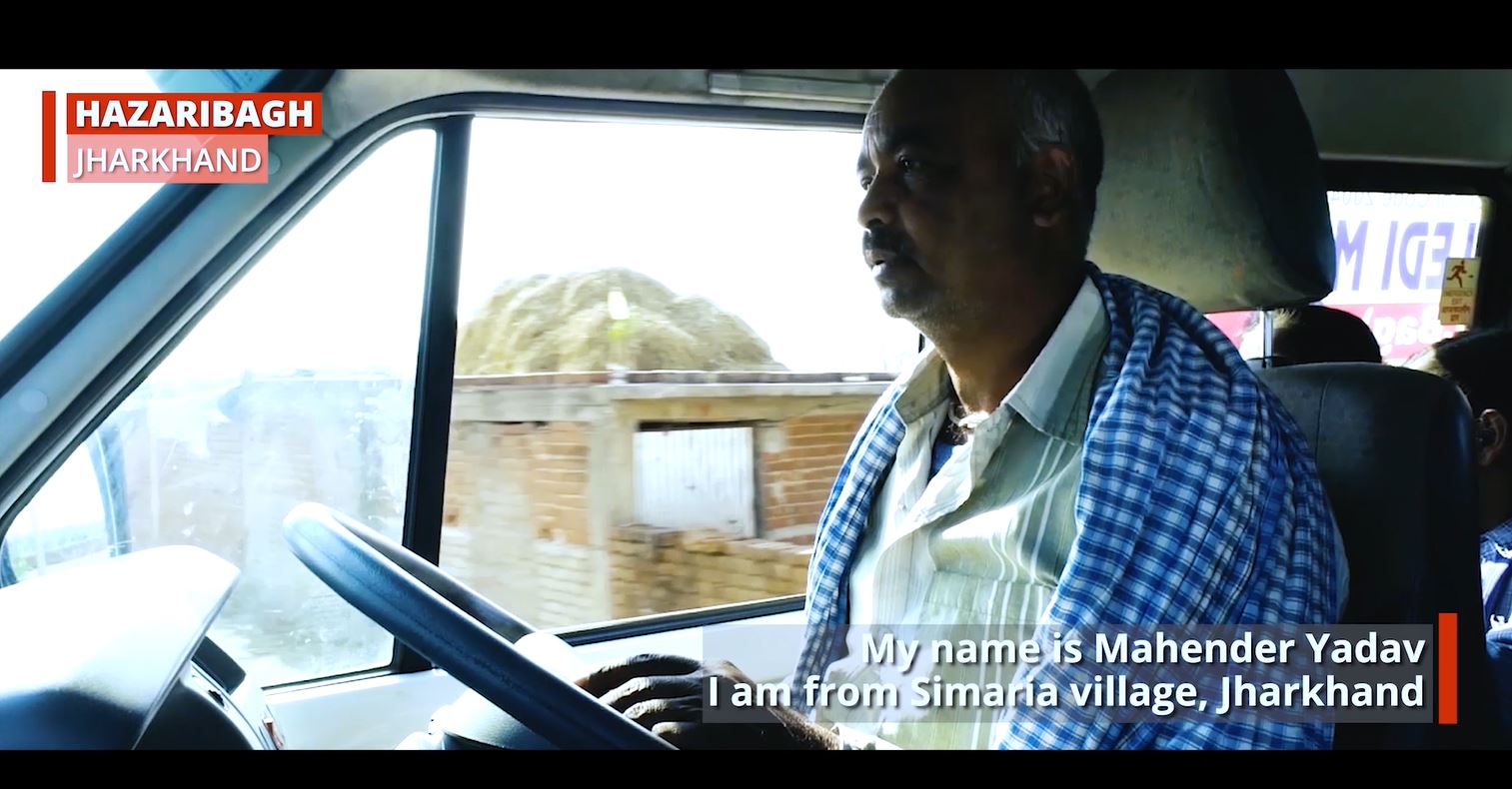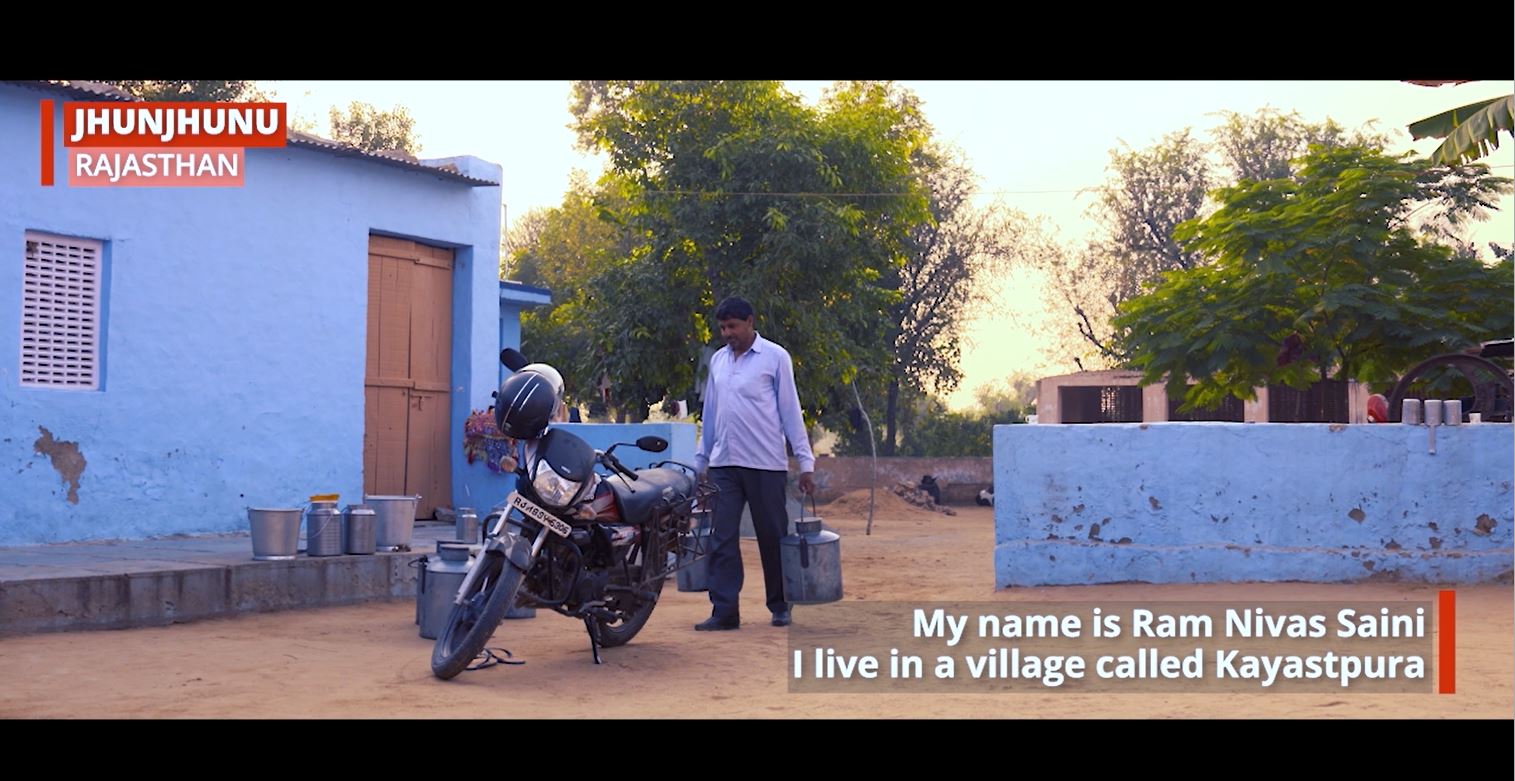Community Participation
One of the project’s most important innovations is the promotion of people’s participation at every stage of road construction, from planning to monitoring and audit.
The World Bank has introduced a ‘Transect Walk’ approach where local community representatives are consulted to identify where a road should be built in their area. This unique feature brings transparency into the process of planning and construction and promotes the inclusion of those affected by the project.
Further, under the Bank funding, the project has piloted adoption of innovative contracts that engage local community and women self-help groups for maintenance of rural roads. This has shown positive results in community engagement especially in the states of Himachal Pradesh, Uttarakhand and Meghalaya. Many other states are now scaling up this pilot.
To ensure greater transparency, a web-based monitoring and evaluation system provides a centralized database which gives detailed information on all PMGSY projects, their procurement status, finances and progress in construction. It also allows for managers to better plan and implement their work, while ensuring compliance with the World Bank's safeguard standards.
World Bank Support
In order to support the government’s vision to build rural infrastructure, improve livelihoods, and bring access to health and education to the remotest corners of the country, the World Bank has so far invested $2.1 billion under the Rural Roads Project.
The project focused on connecting villages in the nine states of Rajasthan, Uttar Pradesh, Bihar, Jharkhand, Himachal Pradesh, Uttarakhand, Meghalaya, Tripura and Punjab and funded the construction of 48,000 km of village roads, directly benefiting almost 19,000 habitations.
LEARN MORE
Projects
Rural Roads Projects | PMGSY Rural Roads Project
Project Appraisal Documents
Rural Roads Projects | PMGSY Rural Roads Project | Additional Financial for PMGSY Rural Roads Project
Implementation Completion and Results Reports
Rural Roads Projects | PMGSY Rural Roads Project and Additional Financing
Knowledge Products
Guidelines for the Environmentally Optimized Design of Low Volume Roads, The World Bank, KGGP, Australian DFAT | Promoting the Use of Green Construction Materials in Low Volume Roads in India, The World Bank KGGTF
Impact Evaluation
The Road to Opportunities in Rural India: The Economic and Social Impacts of PMGSY | Assessment of PMGSY | Assessment Report of PMGSY – Appendix – 171565 | Rural Road Development in India: An Assessment of Distribution of PMGSY Project Benefits in Three States by Gender and Ascribed Social Groups | Rural Roads and Local Economic Development

